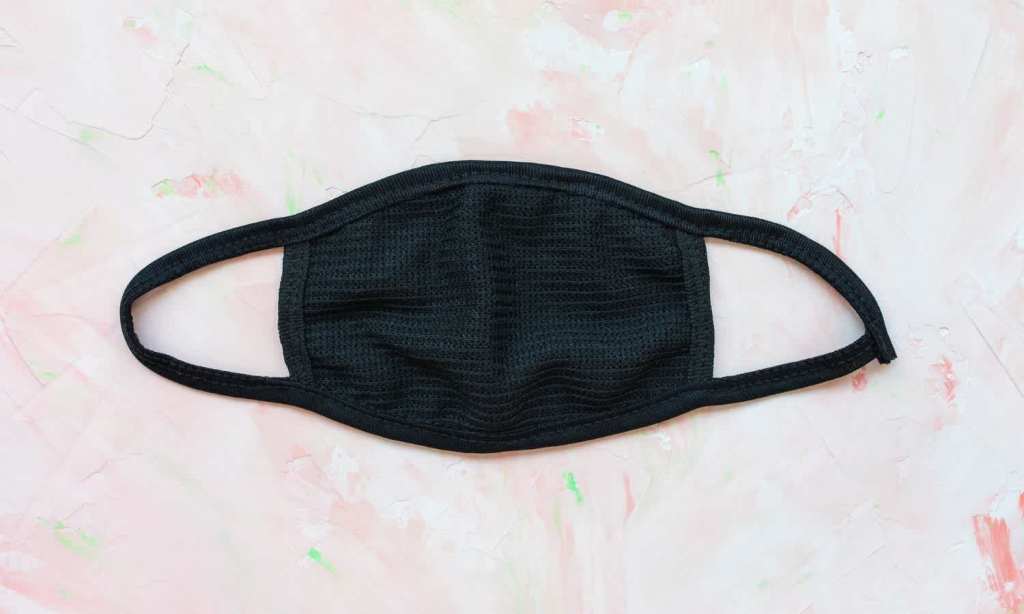After weeks of uncertainty – and numerous debates – following the Northern Beaches COVID-19 outbreak (and subsequent lockdown), a mask mandate has finally been implemented for Greater Sydney. Those who don’t wear a mask in certain public indoor places risk copping a $200 fine.
This comes months after many countries around the world have asked residents to wear a mask while out and about in order to help prevent the further spread of COVID-19, and months after other states within Australia did the same.
When Melbourne first went into lockdown, those living there and in the Mitchell Shire had to wear a face-covering when leaving the house (or risk being fined $200). As the spread continues, mask-wearing remains mandatory in Victoria.
The recent mandatory mask-wearing rule has prompted a boom in mask sales and retailers are working overtime to meet the demand. In response to this, many people have started to make their own masks from fabric or are improvising with scarves or bandanas (though you’ll be fined for the latter in Victoria).
A recent study out of Australia has found that homemade masks can be effective but they need to be made with at least two layers of fabric, as reported by mindbodygreen. So, popping a scarf or bandana across the lower half of your face isn’t really cutting it.
Researchers from the University of New South Wales compared the effectiveness of three different face coverings: a single-layer mask made from a T-shirt and hair ties, a three-ply surgical mask and lastly, a double layer mask made with the sewing method created by the Centre for Disease Control (CDC).
To test the effectiveness of each garment, a healthy participant was asked to cough, sneeze and speak while wearing each face covering. The researchers tracked how far respiratory droplets could travel using an LED-light and high-speed video camera.
The three-ply surgical mask proved most effective at preventing the spread of droplets, while the double-layer CDC recommended mask proved to be more effective than a single piece of fabric.
This doesn’t mean you shouldn’t be making your own masks at home, especially because surgical masks should be reserved for healthcare workers, but you need to make sure your homemade face covering has two or three layers in order to properly protect you and those around you.
If you’re not fussed with making your own mask, we’ve put together our four favourite washable facemasks with a guide to making your own, and have rounded up a bunch of masks currently on the market. And best of all: these retailers are either social enterprises, Indigenous artists or donate a percentage of their profits to charity.







